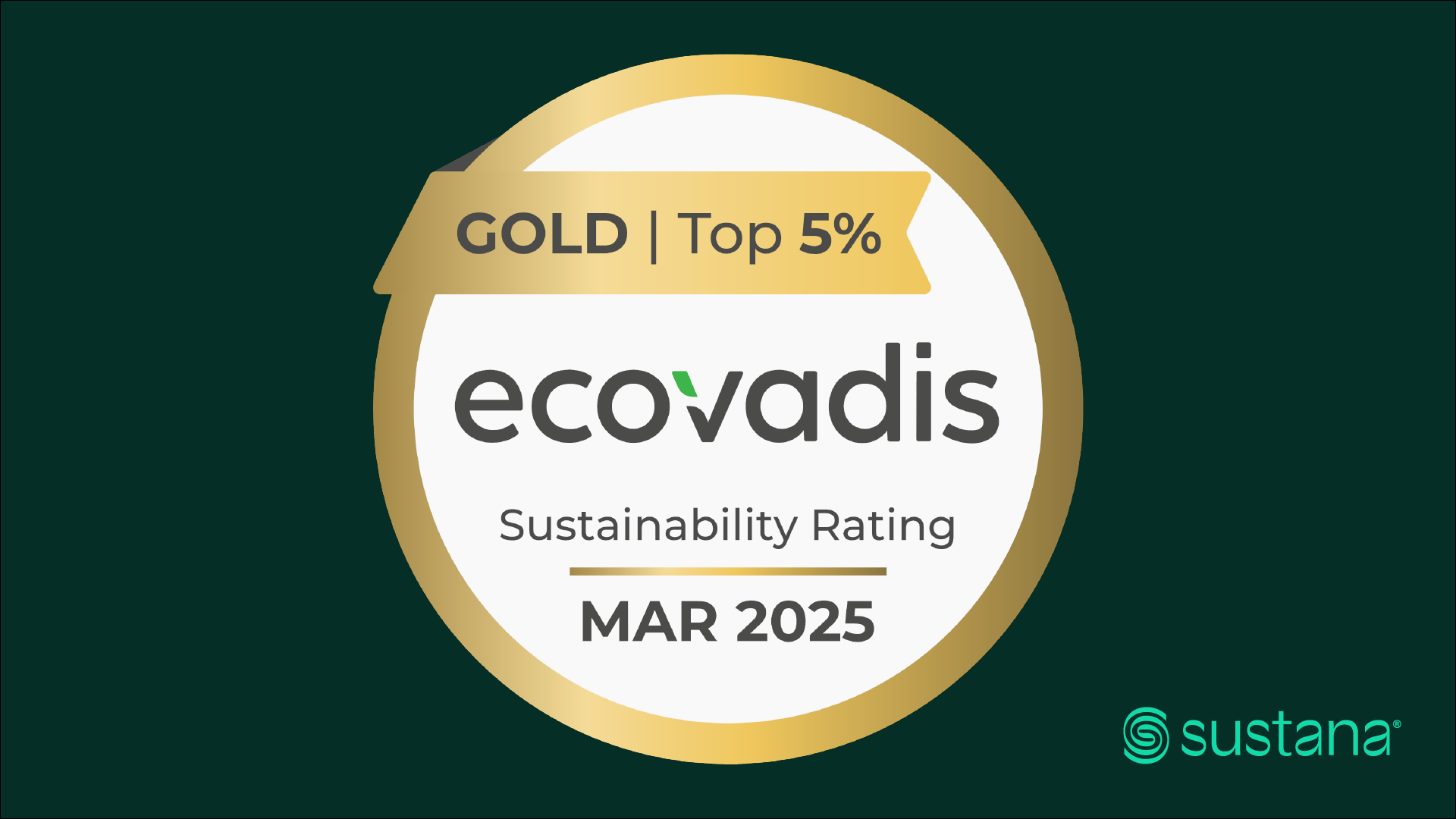Around the world, consumers are continuing to understand the importance of their everyday consumption. Individuals, organizations, and governments are all taking action to combat the climate crisis.
We know that clean energy is key to creating a livable planet, but the conversations about how to get there can be confusing. You may have heard the term “carbon footprint” but what is it exactly? A carbon footprint is the total amount of greenhouse gas emissions that an item or action produces. Drive to work? That’s part of your carbon footprint. Always forget your reusable bags and ask for plastic at the grocery store? Part of your carbon footprint.
Of course, paper products are part of our carbon footprints as well. Luckily, we can reduce our carbon footprint by using recycled fiber in our paper products rather than virgin materials.
Real talk about recycled fiber
Mitigating climate change can seem daunting, but there are steps every individual and industry can take to reduce our carbon footprint. Recycling is one of them. Here are just a few of the benefits of recycling:
- Reduces the amount of material sent to landfills and incinerators
- Conserves natural resources
- Increases economic security by tapping domestic source of materials
- Prevents pollution by reducing the need to collect new raw materials
- Saves energy
Manufacturing goods with recycled content is undoubtedly better for the environment. A paper from the University of Pittsburgh sheds light on the subject:
Manufacturing goods from recycled materials typically requires less energy than producing goods from raw or virgin materials. When people reuse goods, or when products are made with less raw material, less energy is needed to extract, transport, and process raw materials, and less energy is required to manufacture products. When energy demand decreases, fewer fossil fuels are burned and less carbon dioxide and other pollutants are emitted into the atmosphere.
You’re only as environmentally friendly as your network partners
Many companies are seeking out suppliers that allow them to operate more sustainably, like Sustana Fiber. Sustana is dedicated to a circular economy built on the notion that the life cycles of materials that have already served a purpose for end-users can be preserved and reused many times.
Sustana’s success is measured not only in profits, but by the impact the processes and products have on wildlife, people and the planet. They look beyond recycling and best practices and analyze the impact of everything they do. This includes a cradle-to-gate assessment of a product’s life cycle from resource extraction to the moment it leaves the manufacturing facility.
The difference Sustana’s processes and recycled fiber products make in mitigating climate change and water scarcity and safeguarding biodiversity is significant and quantifiable. Sustana Fiber has low water usage and is continuously collecting data on water usage across facility operations. They also have low air emissions, relative to peers, year over year.
- The impact of EnviroLife® product on climate change is 26% lower than average virgin pulp.
- The impact of EnviroLife® on ozone depletion is 83% lower versus virgin pulp.
Sustana is not stopping there. The industry leader has ambitious goals for the future of waste reduction. By 2030, Sustana aims to achieve zero waste in landfills in all pulp and paper offices and target a 5% waste stream volume reduction.
Ultimately, using recycled fiber in manufacturing paper products helps to mitigate climate change. And the right recycled fiber partner can make all the difference in your company becoming more eco-friendly too.


